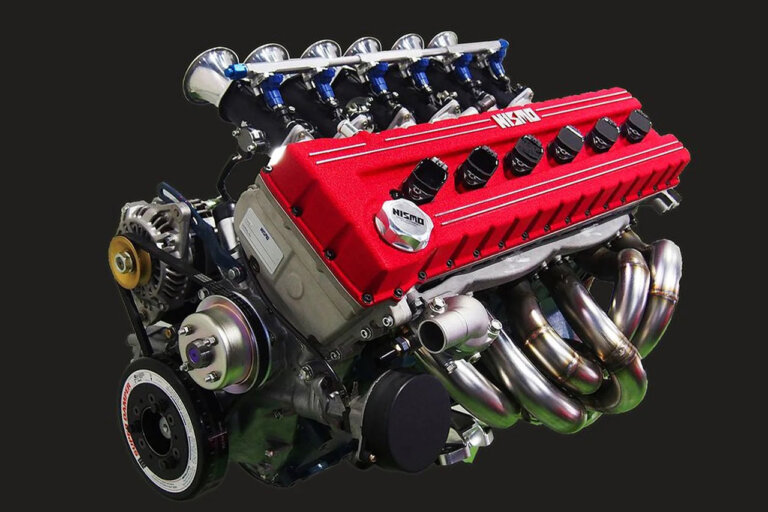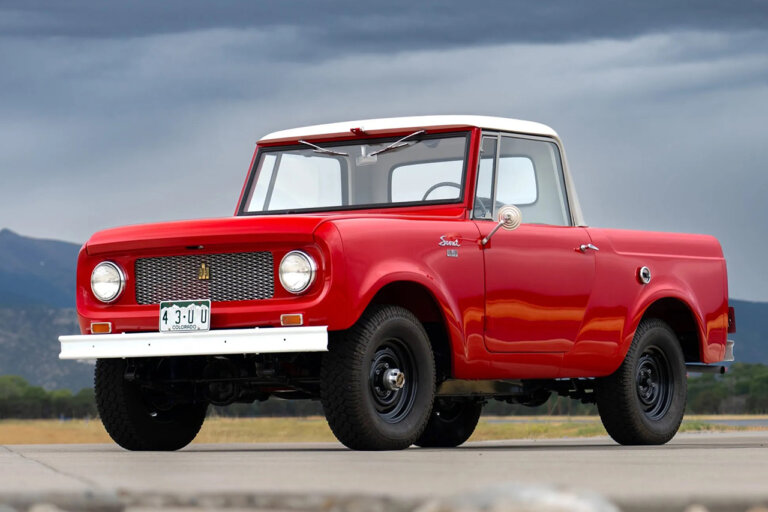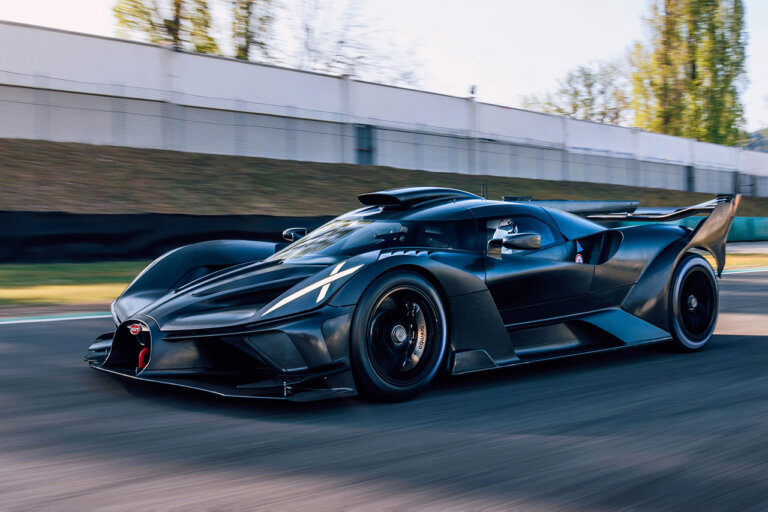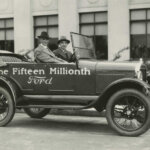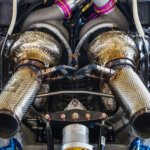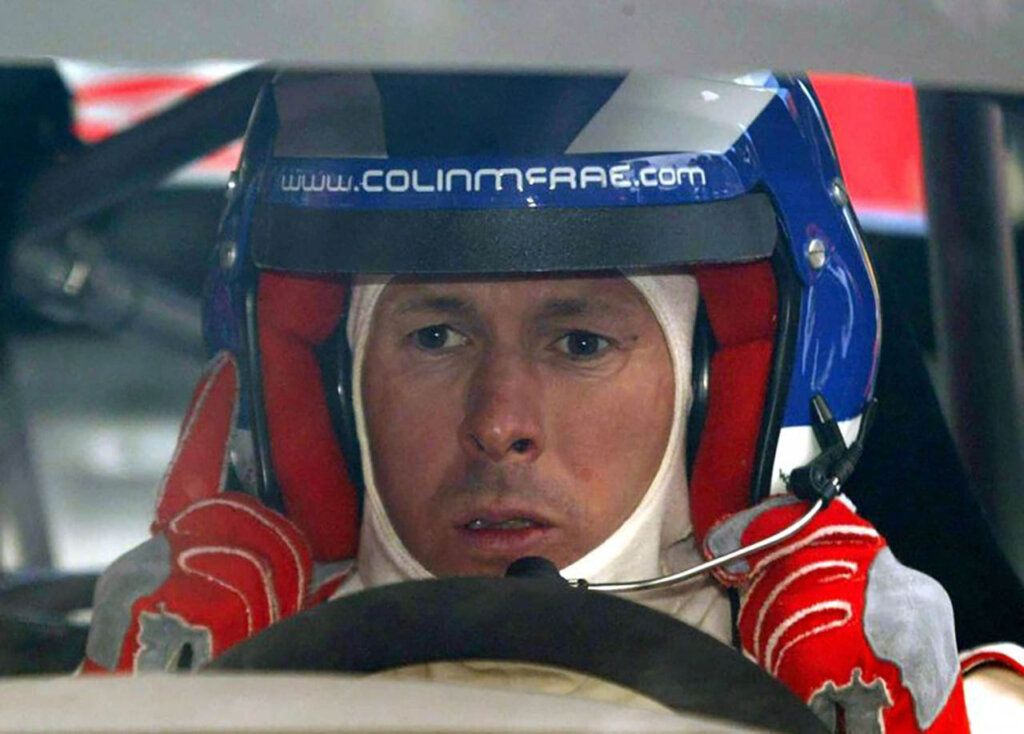
Source: WRC Motorsport & Beyond
Colin McRae, a name known in the high-octane world of rally racing, is one of rally racing’s fearless icons. Born on August 5, 1968, in Lanark, Scotland, McRae emerged into the international stage with a fearless driving style and a charisma that won over fans around the globe. His driving performance and rise to fame in the late 20th century cemented his status as a motorsport legend. Sadly, his premature departure in 2007, at just 39 years old left a void that the rallying community still mourns. Nevertheless, Colin McRae’s memory and legacy still lives on as an integral part of the rally racing world.
Early Career
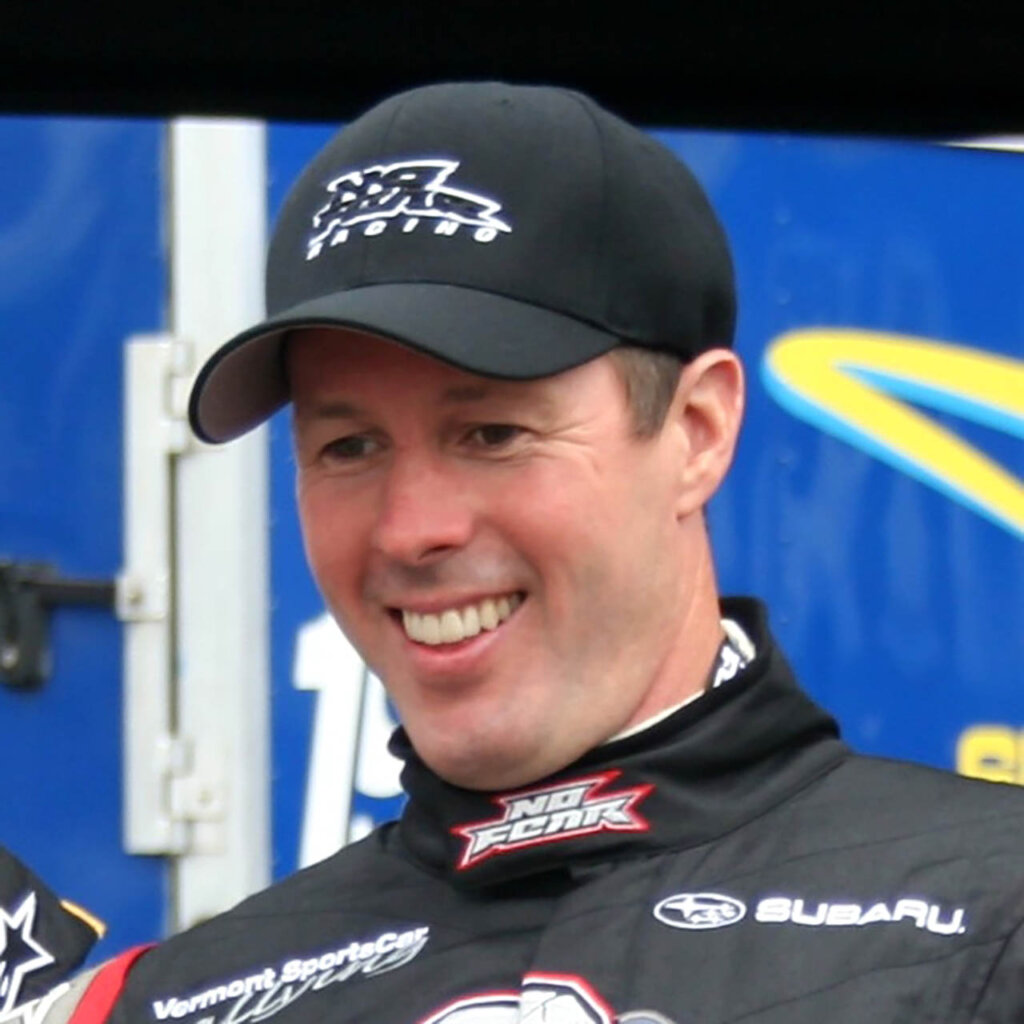
Colin McRae began his journey into the world of competitive motorsport with trial bikes at a young age, an early passion that would ultimately lead to his illustrious career on four wheels. Remarkably, even though he held a stronger fascination for four-wheeled machines, McRae clinched the Scottish schoolboy motocross championship at 13 years old. At 16 years old, Colin McRae soon transitioned to cars, when he took an interest into auto testing under the wing of the Coltness Car Club. Armed with a Mini Cooper, he plunged headfirst into competition. A year later, he struck a deal with a fellow club member, securing the use of a borrowed Hillman Avenger GT for the Kames Stages, a single-venue stage rally in close proximity to his home. McRae’s performance during the event was nothing short of impressive, finishing 13th overall and clinching first place in his class, despite spending a significant portion of the race in a higher position.
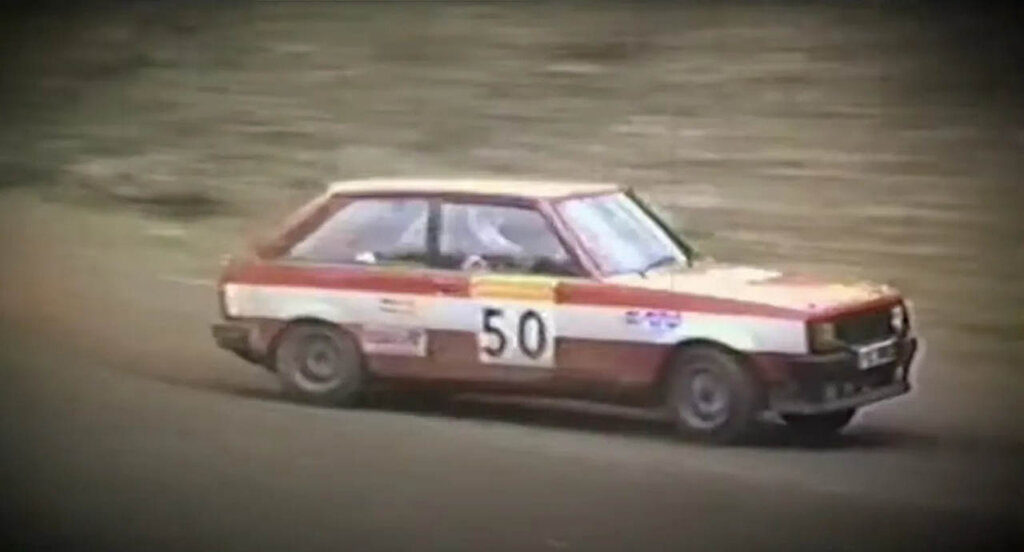
Source: Colin McRae.com
Colin McRae’s early WRC experience began in the 1987 Swedish Rally, driving a Vauxhall Nova and finishing 36th overall. Two years later, he tackled the same event with a Sierra, achieving a 15th overall placement. In 1988, he claimed the Scottish Rally Championship series crown while still in his trusty Vauxhall Nova. Transitioning to a Ford Sierra XR 4×4, McRae continued his ascent in the rally world. Notably, in 1989, he secured a commendable 5th place overall at Rally New Zealand, maneuvering a rear-wheel-drive Sierra Cosworth. In 1990, despite encountering multiple accidents, McRae clinched a solid sixth place in the RAC Rally.
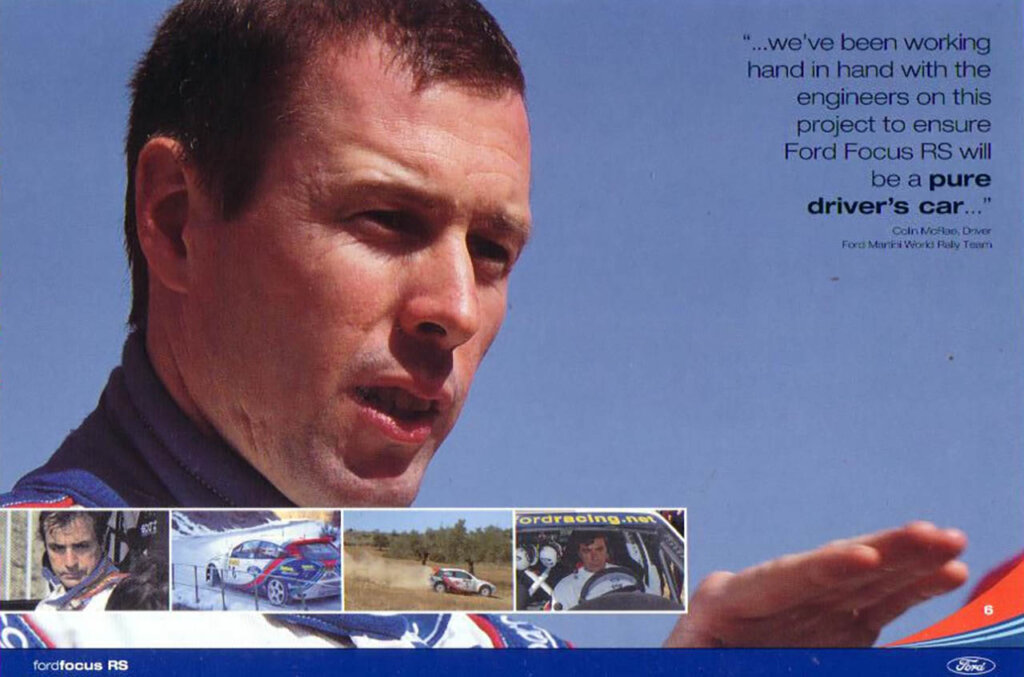
The pivotal moment arrived in 1991 when McRae turned professional, signing with Prodrive under David Richards’ leadership to compete in the British Rally Championship, earning an annual wage of around £10,000. He dominated the British Rally Championship in both 1991 and 1992 before advancing to the Subaru factory team in the World Rally Championship. In 1992, McRae ventured into the British Touring Car Championship, making a one-off appearance with the Prodrive-run BMW factory team at the Knockhill round. Unfortunately, a collision with Matt Neal led to his disqualification, as race officials deemed the collision avoidable.
McRae’s Tenure with Subaru
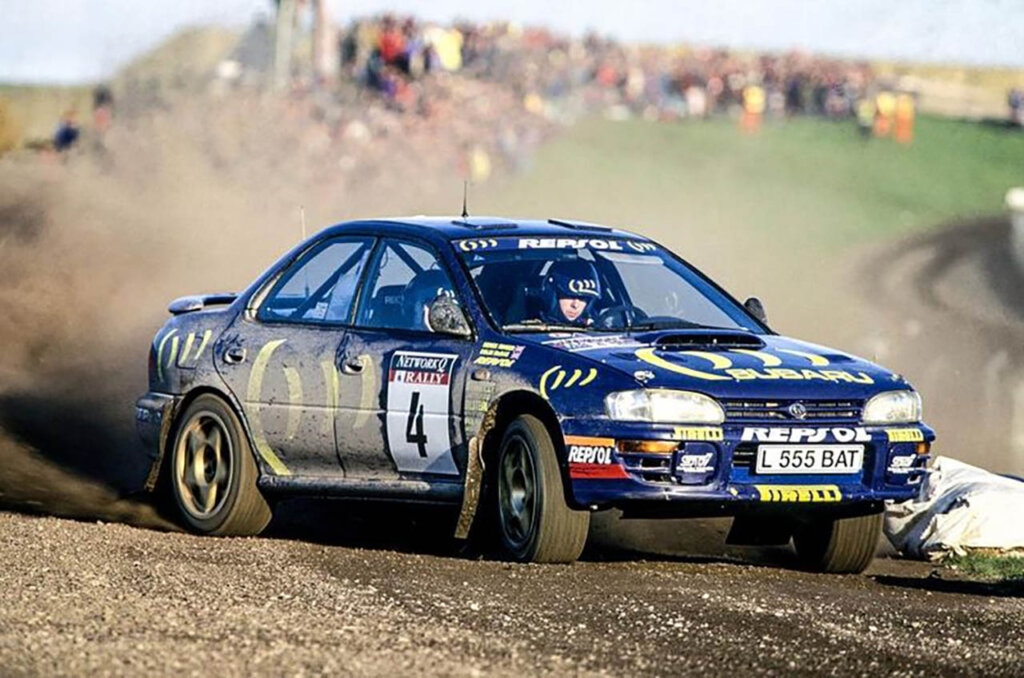
Source: WRC Motorsport & Beyond
In 1993, Colin McRae stepped up to drive the Prodrive-built Group A Subaru Legacy alongside legendary Finns like Ari Vatanen, Hannu Mikkola, and Markku Alén. McRae’s career-defining moment came with his first WRC rally win at the Rally New Zealand, marking Subaru World Rally Team’s maiden victory just before transitioning to the Subaru Impreza 555.
During his tenure, Subaru challenged the dominant Toyota-powered Team TTE, which was later excluded from the championship in 1995 due to rule violations. McRae secured the driver’s title in 1995, outperforming teammate Carlos Sainz in a thrilling season-ending Rally of Great Britain showdown. While McRae continued to excel in individual rallies, he couldn’t surpass second place in the standings in 1996 or 1997, with Tommi Mäkinen and Mitsubishi Ralliart leading the way. Regardless, McRae played a crucial role in Subaru’s three consecutive manufacturers’ titles. In his final 1998 season, he added three more rally wins and secured a third-place finish in the standings. Additionally, he triumphed at the Race of Champions in Gran Canaria, ending his Subaru tenure on a high note.
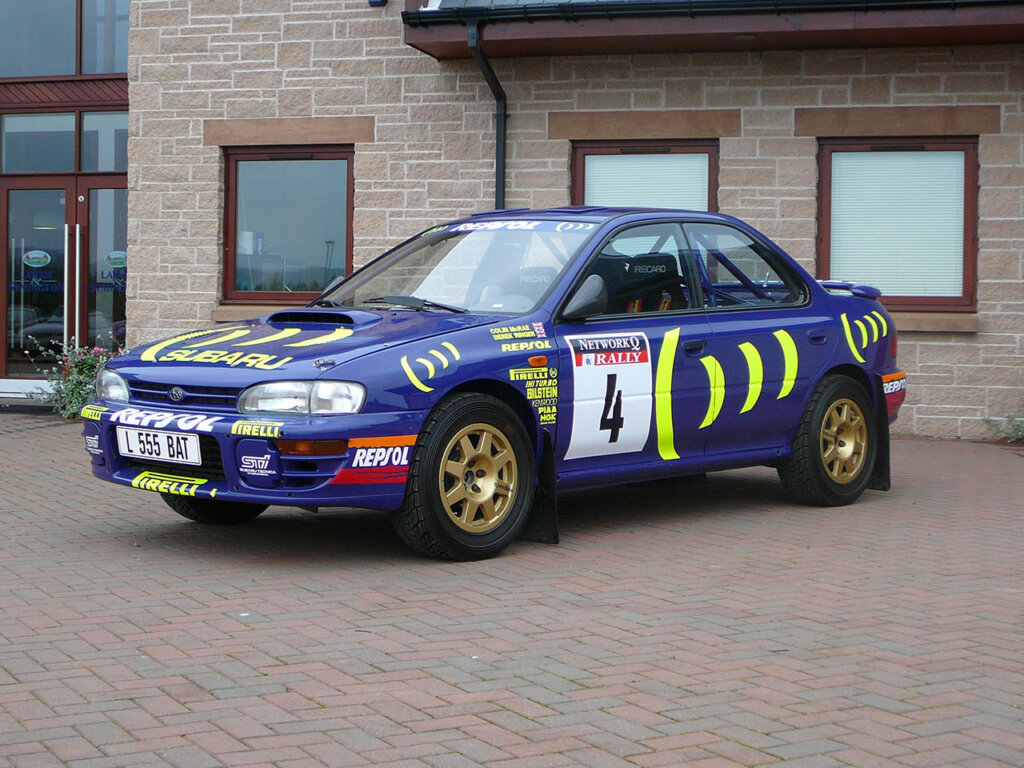
Source: Brendan Mullan via Wikimedia Commons
Big Contract with Ford
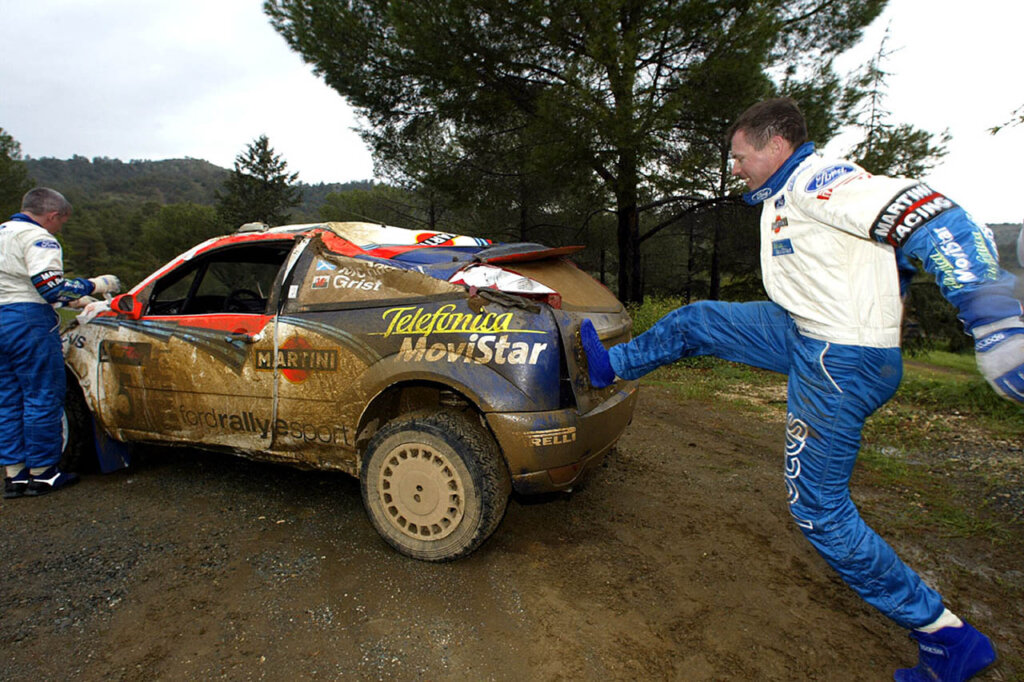
Source: Motorsports Week
After experiencing mixed results for several years, McRae joined the M-Sport-run Ford factory team in 1999, piloting the new Ford Focus rally car. This landmark deal made him the highest-earning rally driver at the time, with a staggering six-million-pound contract over two years. McRae’s entry into the team was marked by immediate success, securing consecutive victories at the Safari Rally and Rally Portugal. However, the Ford Focus faced numerous reliability issues and crashes throughout the season, resulting in a disappointing sixth-place finish in the overall championship standings. McRae endured a rare personal drought during this period, finally breaking it with a podium finish at the Swedish Rally the following February. Despite the challenges, he triumphed on the asphalt of Catalunya and the gravel of Greece, ultimately finishing fourth in the 2000 standings. By mid-2000, ongoing reliability concerns with the Focus prompted McRae to consider leaving the team. Nevertheless, an upturn in performance towards the season’s end convinced him to extend his contract with Ford for another two years.
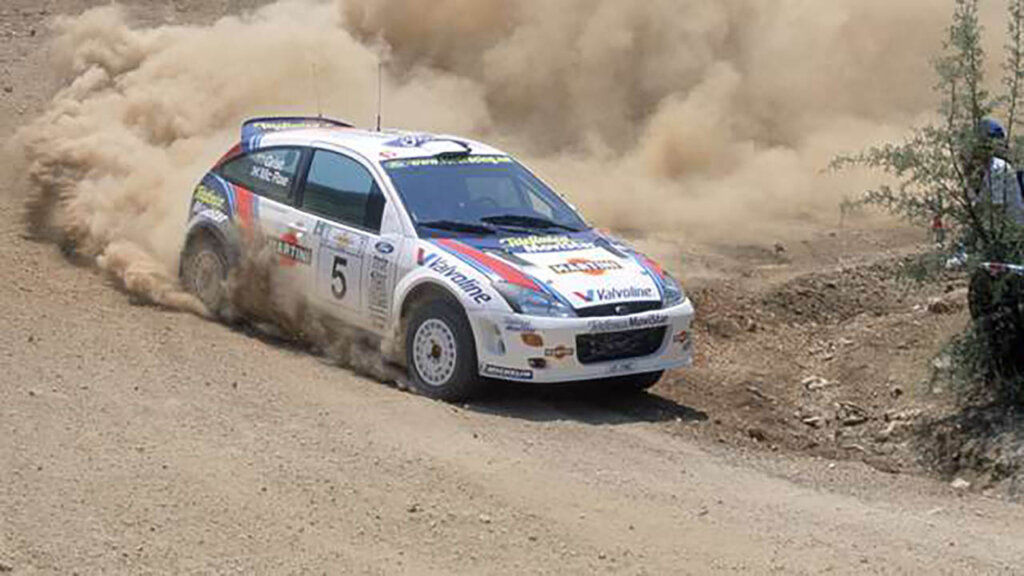
In 2001, McRae’s success remained sporadic. After failing to score in the initial four rounds, he rebounded with three consecutive victories in Argentina, Cyprus, and Greece, tying with Tommi Mäkinen in the points standings. Yet, despite leading the championship entering the final round in Great Britain, McRae’s hopes were dashed as he crashed out, ultimately finishing second in the driver’s championship, just two points behind Richard Burns of Subaru. By 2002, McRae achieved a historic milestone by winning the Safari Rally, becoming the driver with the most event wins in the World Rally Championship, a record later broken by Carlos Sainz. However, his contract with Ford concluded after the 2002 season. McRae reportedly requested a hefty annual salary of five million pounds, leading Ford to opt against renewal, citing budget concerns. Despite parting ways, both parties expressed mutual respect and gratitude for their successful partnership, with McRae reflecting on their accomplishments during his time with Ford.
Stint with Citroën
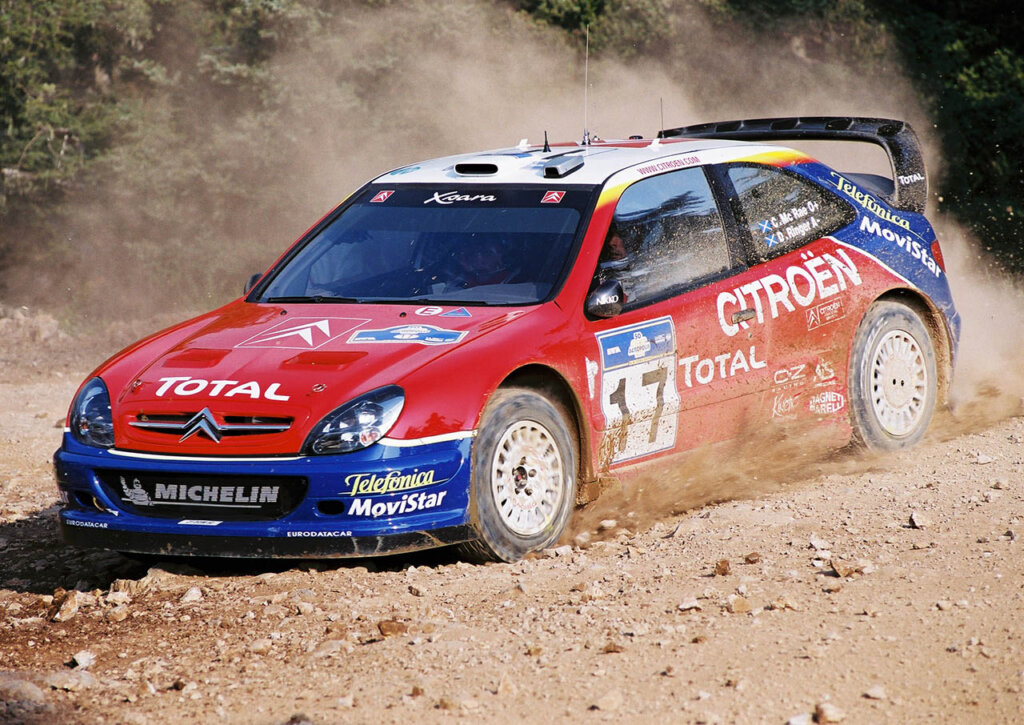
Source: Nickgleris via Wikimedia Commmons
In 2003, Colin McRae made a significant move by joining Citroën, a team that had shown its winning potential with Sébastien Loeb the previous year. McRae began with a promising second-place finish in Monte Carlo, contributing to a remarkable 1-2-3 finish for Citroën alongside Loeb and Carlos Sainz, but this marked his best result with the team. The season concluded with McRae finishing seventh in the drivers’ championship and no victories to his name. However, rule changes for the 2004 season led to a dilemma for Citroën. They could only nominate two points-scoring drivers, and with Loeb under a multi-year contract, the team had to choose between McRae and Sainz. Given Sainz’s stronger performance in 2003, McRae had to seek opportunities elsewhere for the 2004 season. David Richards, McRae’s former boss at Subaru and the new head of WRC’s commercial rights holders ISC, was concerned about losing McRae, a charismatic figure who helped market the sport. Richards tried to assist McRae in finding a drive for 2004, but despite his efforts, McRae couldn’t secure a spot. This marked the first time in over a decade that McRae would not compete in the World Rally Championship.
“A pleasant fellow and a tough rival”
Tommi Mäkinen, McRae’s former rival and four-time World Rally Champion
Later Career and Untimely Passing
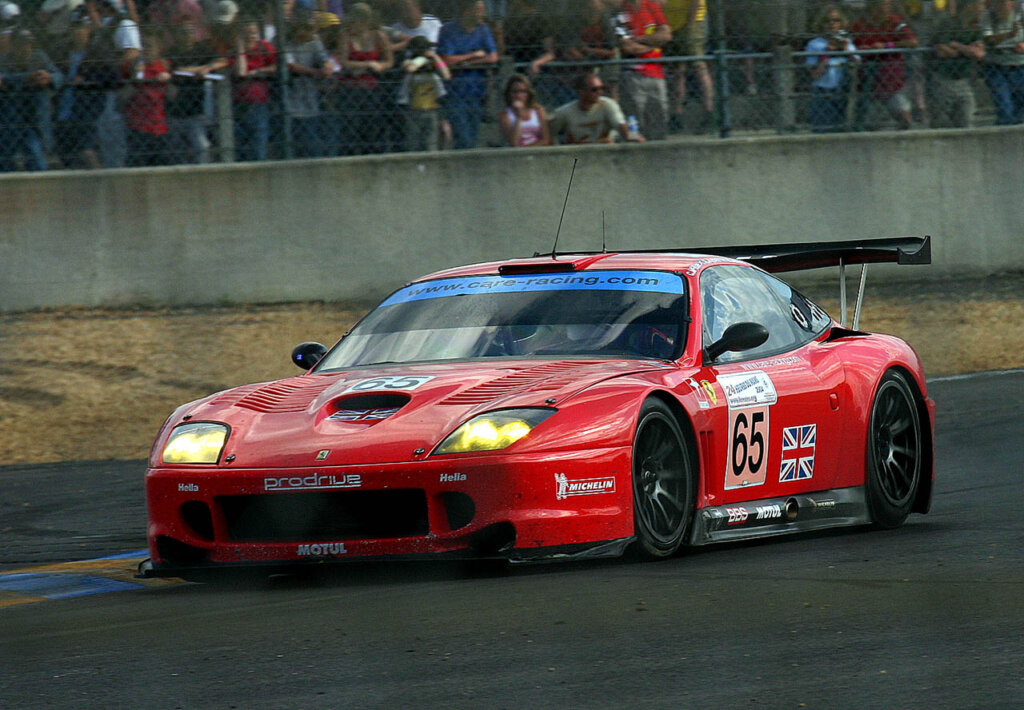
Source: Martin Lee via Flickr
Colin McRae’s racing career extended beyond the World Rally Championship (WRC). In September 2002, he participated in an ASCAR Racing Series event at the Rockingham Motor Speedway, finishing a respectable sixth. In 2004, McRae returned to Prodrive for the 24 Hours of Le Mans, securing third place in the GTS class and ninth overall driving a Ferrari 550-GTS Maranello alongside Darren Turner and Rickard Rydell. His adaptability to endurance sportscar racing was praised by Le Mans winner Allan McNish. Colin McRae also ventured into the Dakar Rally with Nissan in January 2004, claiming two stage wins. He made a comeback in 2005, initially performing well in Morocco but ultimately exiting the rally due to a crash in stage six.
In 2004 and 2005, McRae represented Great Britain in the Race of Champions Nations Cup alongside fellow Scot David Coulthard. In 2006, they reunited to represent Scotland. He also won the Baja 500 Portalegre in 2005. McRae made sporadic returns to the WRC with Škoda, participating in the 2005 Rally GB (finishing seventh) and Rally Australia (retiring due to a clutch problem). In 2006, he competed for Subaru in the X-Games rally in Los Angeles, impressively finishing second despite rolling the car.
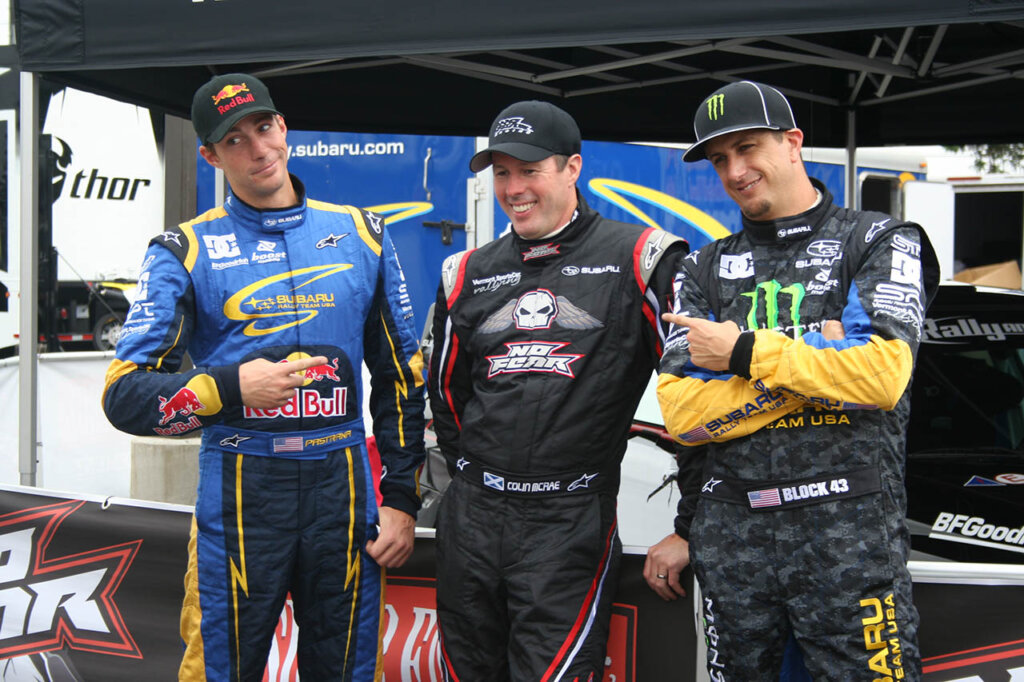
Source: Carolyn via Wikimedia Commons
Despite his hopes of returning to the WRC in 2008, McRae’s racing career was tragically cut short in September 2007 when he passed away in a helicopter accident before a planned comeback with Subaru.
McRae’s Legacy and Spirit

“If in doubt, flat out!”
Colin McRae
Colin McRae’s legacy and memory in the world of motorsport goes beyond the boundaries of rallying. His fearless driving style and charismatic persona made him an icon not only on the WRC stage but also in diverse racing disciplines. From his exhilarating performances in the WRC to his impressive showings in endurance racing and his participation in events like the X-Games, McRae’s impact remains profound today. His untimely departure in 2007 was a profound loss to the racing community, but his spirit lives on as an enduring source of inspiration for aspiring drivers worldwide. Colin McRae will forever be celebrated not just for his victories but for his passion for the sport that defined his remarkable career.

